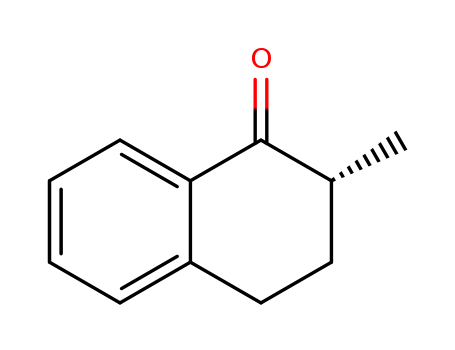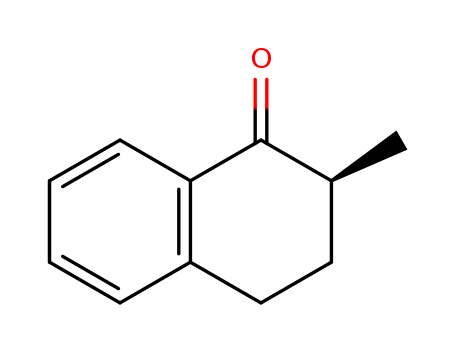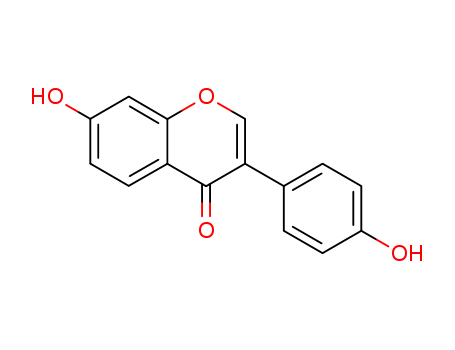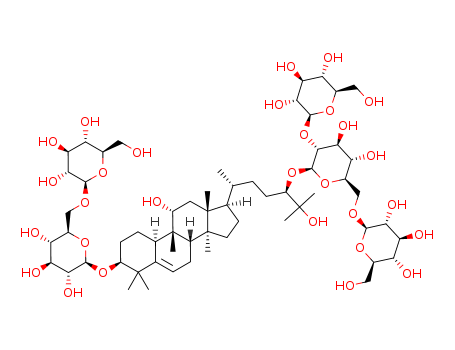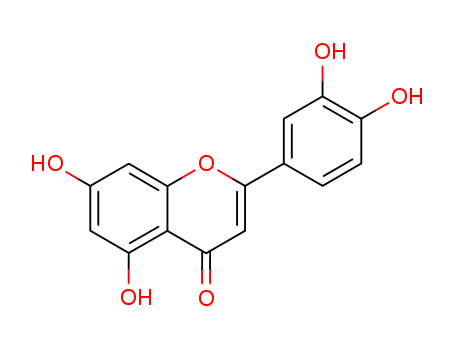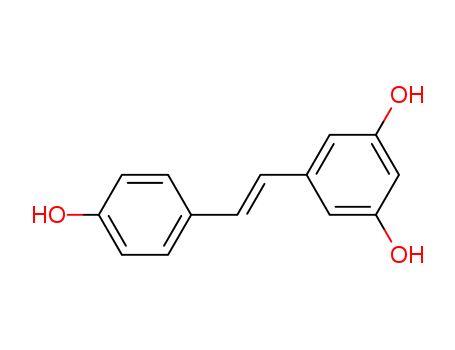Personal protective equipment
Eye/face protection
Face shield and safety glasses Use equipment for eye protection tested and approved under
appropriate government standards such as NIOSH (US) or EN 166(EU).
Skin protection
Handle with gloves. Gloves must be inspected prior to use. Use proper glove removal technique
(without touching glove's outer surface) to avoid skin contact with this product. Dispose of
contaminated gloves after use in accordance with applicable laws and good laboratory practices.
Wash and dry hands.
The selected protective gloves have to satisfy the specifications of EU Directive 89/686/EEC and the
standard EN 374 derived from it.
Body Protection
Complete suit protecting against chemicals, The type of protective equipment must be selected
according to the concentration and amount of the dangerous substance at the specific workplace.
Respiratory protection
Where risk assessment shows air-purifying respirators are appropriate use a full-face particle
respirator type N100 (US) or type P3 (EN 143) respirator cartridges as a backup to engineering
controls. If the respirator is the sole means of protection, use a full-face supplied air respirator. Use
respirators and components tested and approved under appropriate government standards such as
NIOSH (US) or CEN (EU).
9.
9.1
PHYSICAL AND CHEMICAL PROPERTIES
Information on basic physical and chemical properties
a)
b)
c)
d)
e)
f)
g)
h)
Appearance
Odour
Odour Threshold
pH
Melting point/freezing
point
Initial boiling point and
boiling range
Flash point
Evaporation rate
Form: powder
Colour: white
no data available
no data available
no data available
Melting point/range: 227 - 231 °C
no data available
no data available
no data available
i)
Flammability (solid, gas) no data available
j)
k)
l)
Upper/lower
flammability or
explosive limits
Vapour pressure
Vapour density
no data available
no data available
no data available
m) Relative density
no data available
n)
o)
p)
q)
r)
s)
t)
Water solubility
Partition coefficient: n-
octanol/water
Autoignition
temperature
Decomposition
temperature
Viscosity
Explosive properties
Oxidizing properties
no data available
log Pow: 5,835
no data available
no data available
no data available
no data available
no data available
9.2
10.
10.1
10.2
10.3
10.4
Other safety information
no data available
STABILITY AND REACTIVITY
Reactivity
no data available
Chemical stability
no data available
Possibility of hazardous reactions
no data available
Conditions to avoid
no data available
10.5
10.6
11.
11.1
Incompatible materials
Strong oxidizing agents
Hazardous decomposition products
Other decomposition products - no data available
TOXICOLOGICAL INFORMATION
Information on toxicological effects
Acute toxicity
no data available
Skin corrosion/irritation
no data available
Serious eye damage/eye irritation
no data available
Respiratory or skin sensitization
no data available
Germ cell mutagenicity
no data available
Carcinogenicity
IARC:
No component of this product present at levels greater than or equal to 0.1% is identified as
probable, possible or confirmed human carcinogen by IARC.
Reproductive toxicity
no data available
Specific target organ toxicity - single exposure
no data available
Specific target organ toxicity - repeated exposure
no data available
Aspiration hazard
no data available
Potential health effects
Inhalation
Ingestion
Skin
Eyes
May be harmful if inhaled. May cause respiratory tract irritation.
May be harmful if swallowed.
May be harmful if absorbed through skin. May cause skin irritation.
Causes eye burns.
Signs and Symptoms of Exposure
To the best of our knowledge, the chemical, physical, and toxicological properties have not been thoroughly
investigated.
Additional Information
RTECS: Not available
12.
12.1
12.2
12.3
12.4
ECOLOGICAL INFORMATION
Toxicity
no data available
Persistence and degradability
no data available
Bioaccumulative potential
no data available
Mobility in soil
no data available
12.5
12.6
13.
13.1
14.
14.1
Results of PBT and vPvB assessment
no data available
Other adverse effects
no data available
DISPOSAL CONSIDERATIONS
Waste treatment methods
Product
Offer surplus and non-recyclable solutions to a licensed disposal company. Dissolve or mix the material
with a combustible solvent and burn in a chemical incinerator equipped with an afterburner and scrubber.
Contaminated packaging
Dispose of as unused product.
TRANSPORT INFORMATION
UN number
14.2
14.3
14.4
14.5
14.6
15.
ADR/RID: -
UN proper shipping name
ADR/RID:
Not dangerous goods
IMDG:
Not dangerous goods
IATA:
Not dangerous goods
Transport hazard class(es)
ADR/RID: -
Packaging group
ADR/RID: -
Environmental hazards
ADR/RID: no
Special precautions for user
no data available
REGULATORY INFORMATION
IMDG: -
IMDG: -
IMDG: -
IMDG Marine pollutant: no
IATA: -
IATA: -
IATA: -
IATA: no
This safety datasheet complies with the requirements of Regulation (EC) No. 1907/2006.
15.1
15.2
16.
Safety, health and environmental regulations/legislation specific for the substance or mixture
no data available
Chemical Safety Assessment
no data available
OTHER INFORMATION
Further information
The above information is believed to be correct but does not purport to be all inclusive and
shall be used only as a guide. The information this document is based on the resent state
of our knowledge and is applicable to the product with regard to appropriate safety precautions.
It does not represent any guarantee of the properties of the product. Lookchem shall not be
held liable for any damage resulting from handling or from contact with the above product.
See reverse side of invoice or packing slip for additional terms and conditions of sale.




